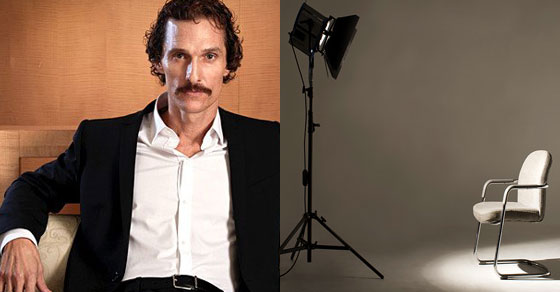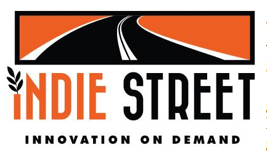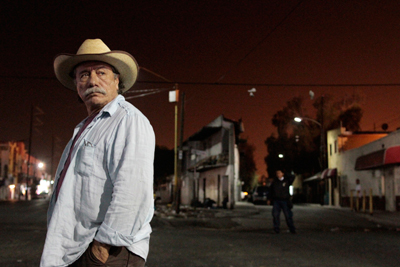1.) In 1996 I was invited to a party in Aspen hosted by Kevin Costner. I had lived in Aspen a year before but now I lived in Hollywood trying to make my way through the smog as an actress. When I arrived I looked around and found someone that I recognized. I went up to her and said “Hey! How are you?”- she said she was doing great. I asked her how the Howling Wolf was doing. (This was a restaurant I was a waitress at in Aspen the year before.) She said “I don’t know what you mean.”? So I reminded her “Didn’t we wait tables together at the Howling Wolf”? – “No”. She said. “I’m a model”… “Oh… how’s that going”? I asked, assuming it was something like wearing a fur hat in the Aspen information guide that got handed out to tourists. “It’s going well”. She smiled politely and walked away. My friend then decked me in the chest and said “I cannot believe you just told Rachel Hunter that you thought she was a waitress at the Howling Wolf. You are such a douche”….
2.) In 1997 I acted in a play called Mainliner in a tiny dump on Fountain Ave. I became friends with the directors girlfriend Kerry. We hung out here and there, she was an LA local who knew a bunch of celebs. One night we went to Tobey Maguire’s birthday party, Leonardo DiCaprio was there and I met him briefly. They ALL knew Kerry. I was her wing woman. It was awesome. About six months later, the play was over and I wasn’t seeing Kerry much anymore. But I got invited to a premiere on the Paramount lot. There was Tobey Maguire. I went up to him and said “Hey, I’m Miranda Bailey. I’m good friends with Kerry. We met at your birthday party”.- “Kerry who?” he said…”Um, Kerry…..” but for the life of me, at that moment I couldn’t remember her last name. “Kerry….um, something like a fish for a last name”? He looked at me like I was a pathetic loser ” Yeah”, he said “You’re not that good friends with someone if you don’t know their last name”. . I guess he was right.
3.) In 1998 I was crossing Beverly Blvd. As I waited at the light. I noticed this guy. Where did I know him from? Summer Camp? “Hey, is your name David”? He looked annoyed and pushed the walk button harder as if that would make the light turn and didn’t answer me. “Did you go to Anderson Camp in Colorado?”… the light turned. He walked faster than a pregnant woman headed towards the bathroom.







